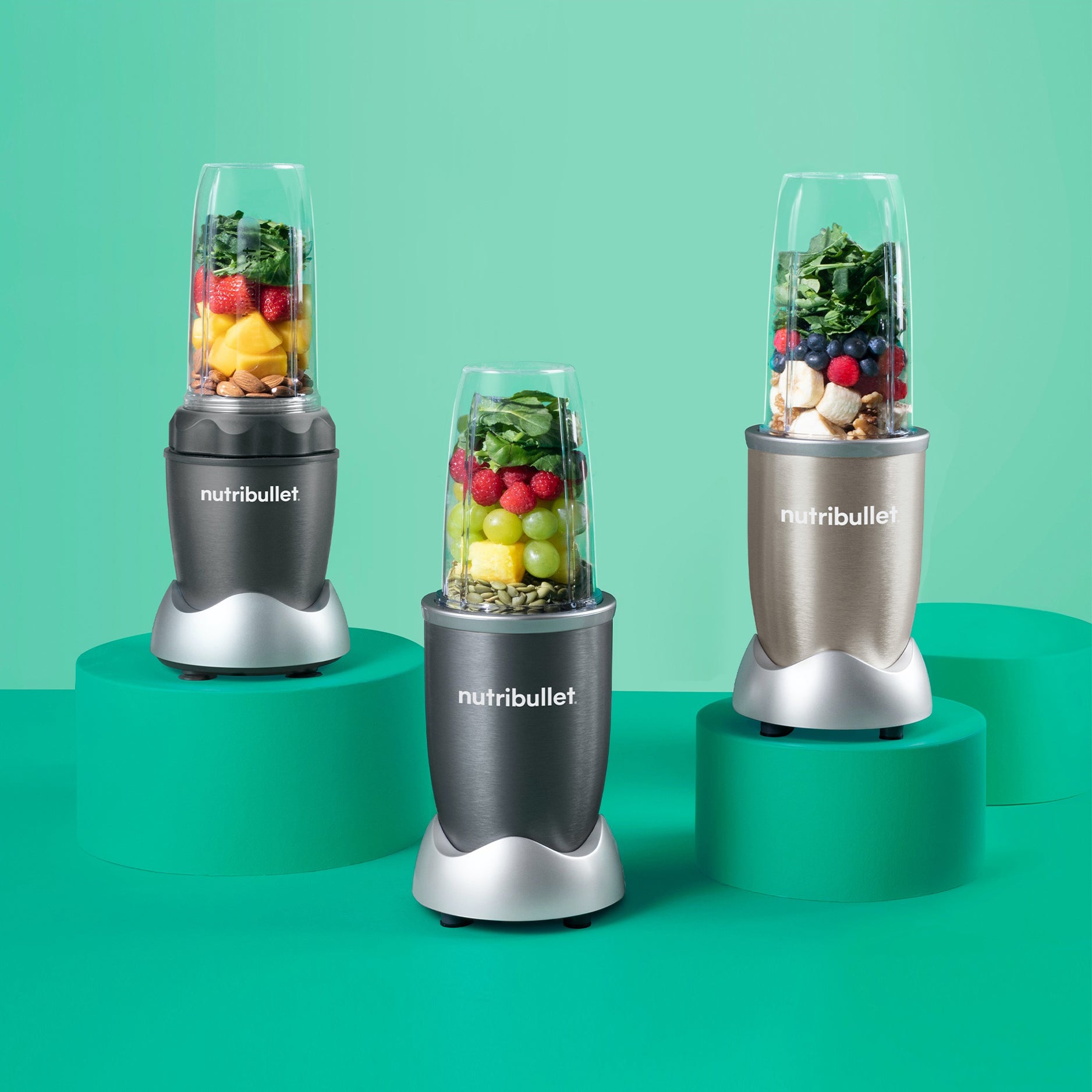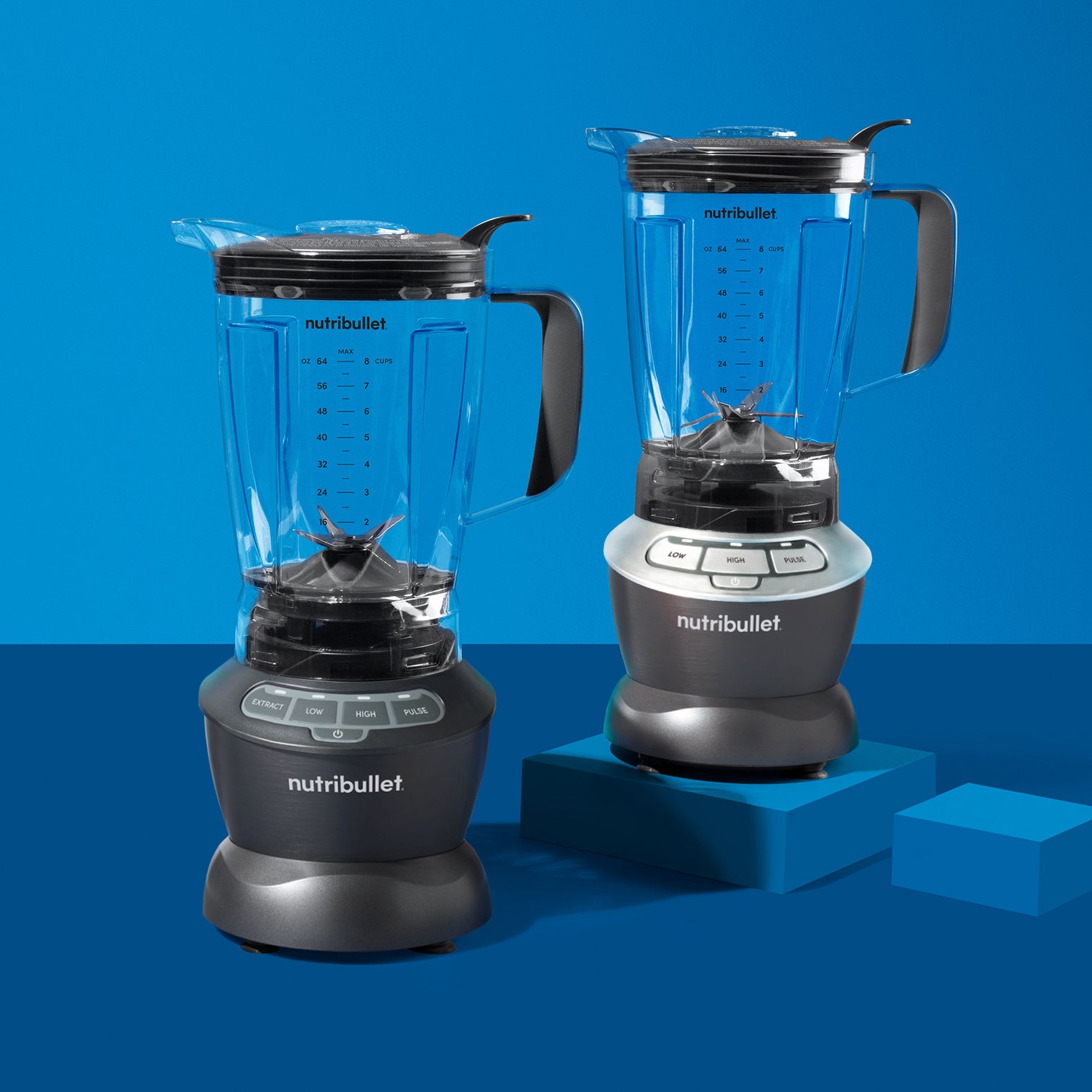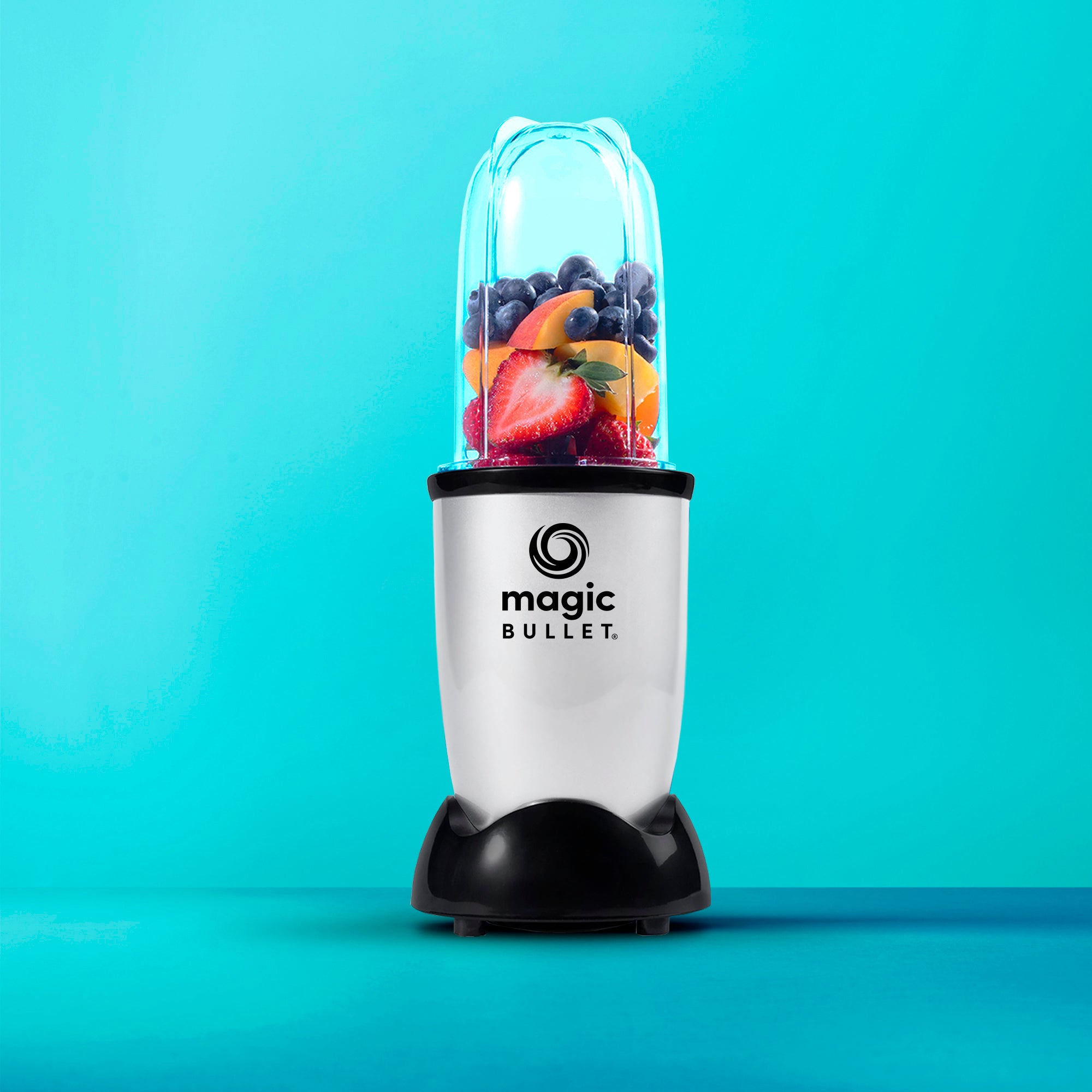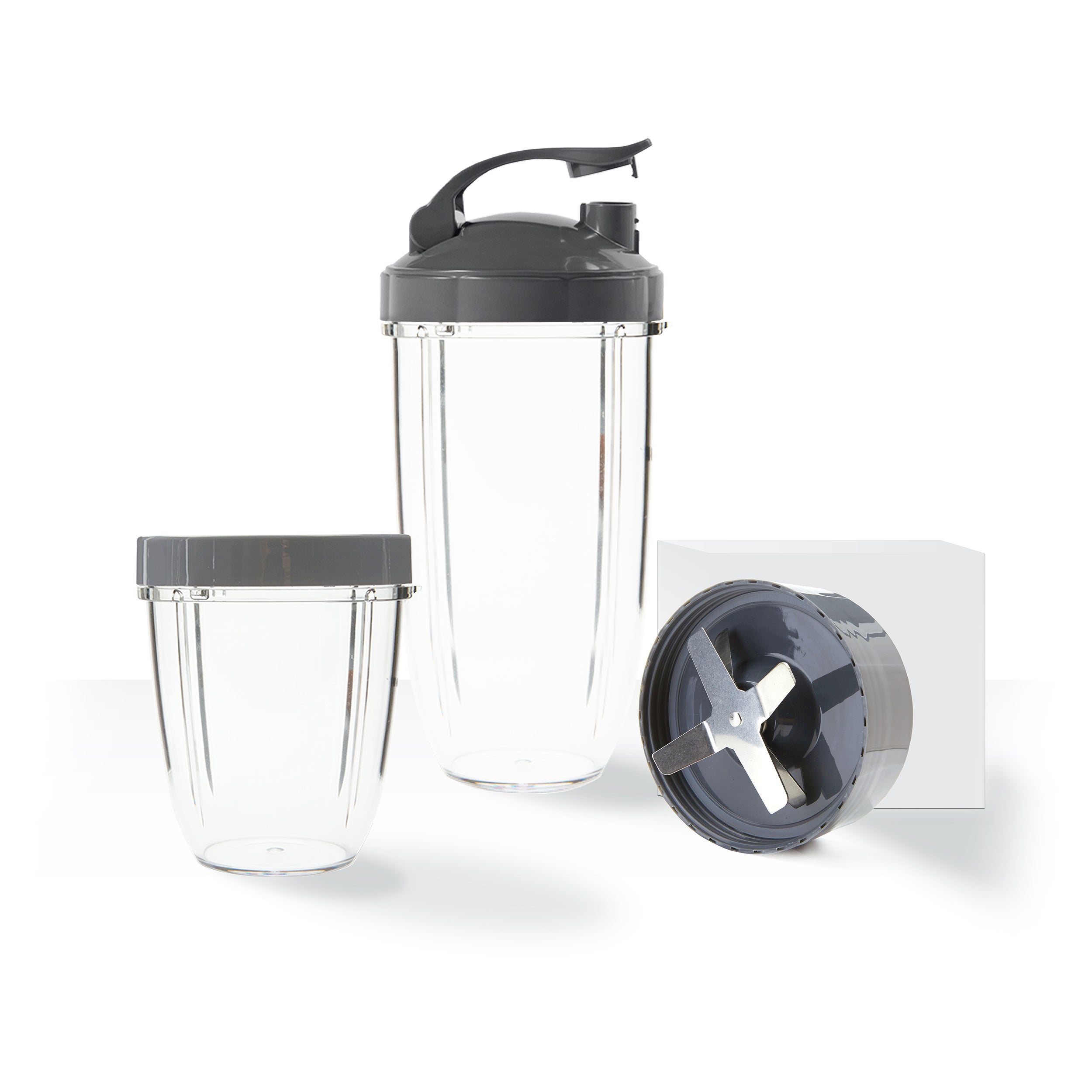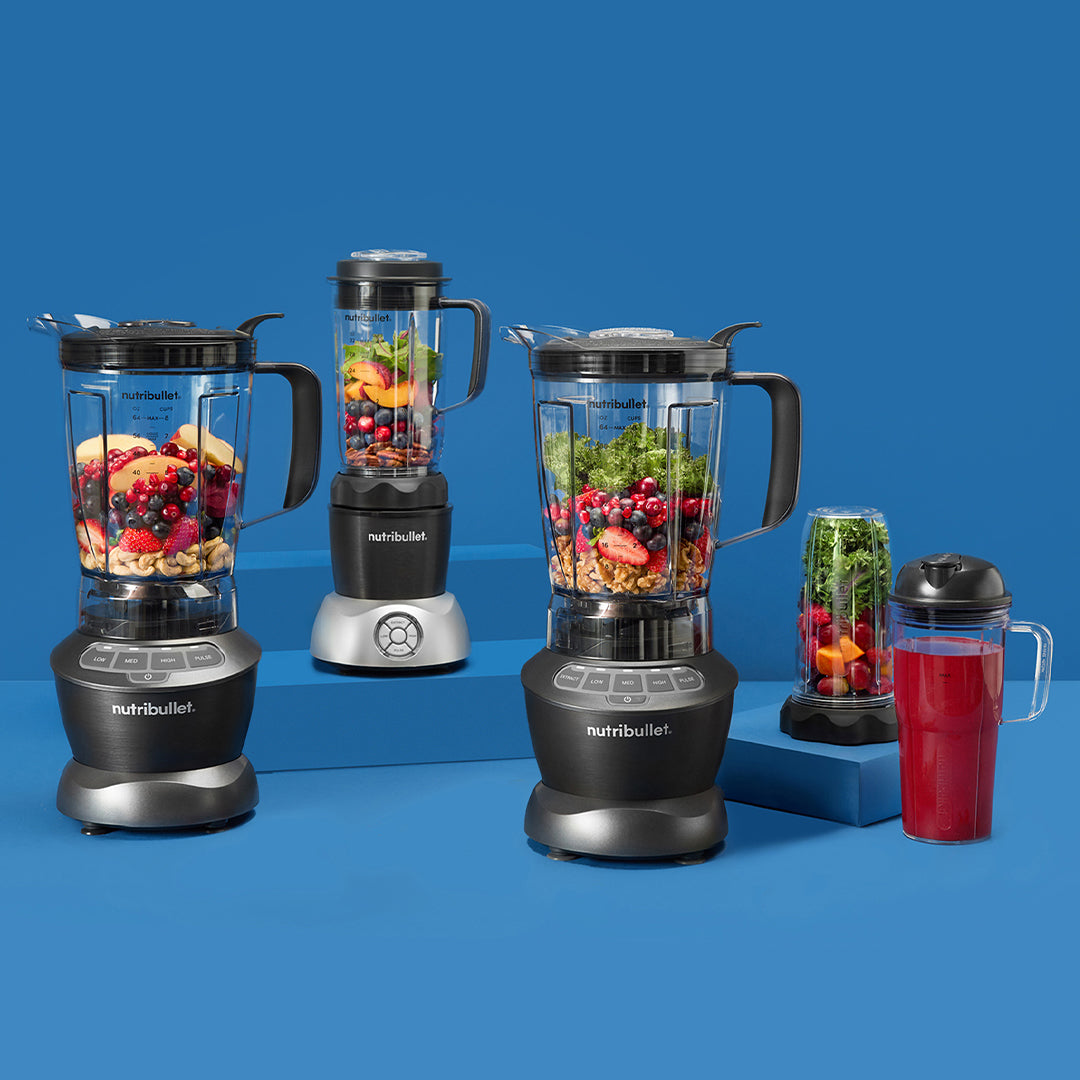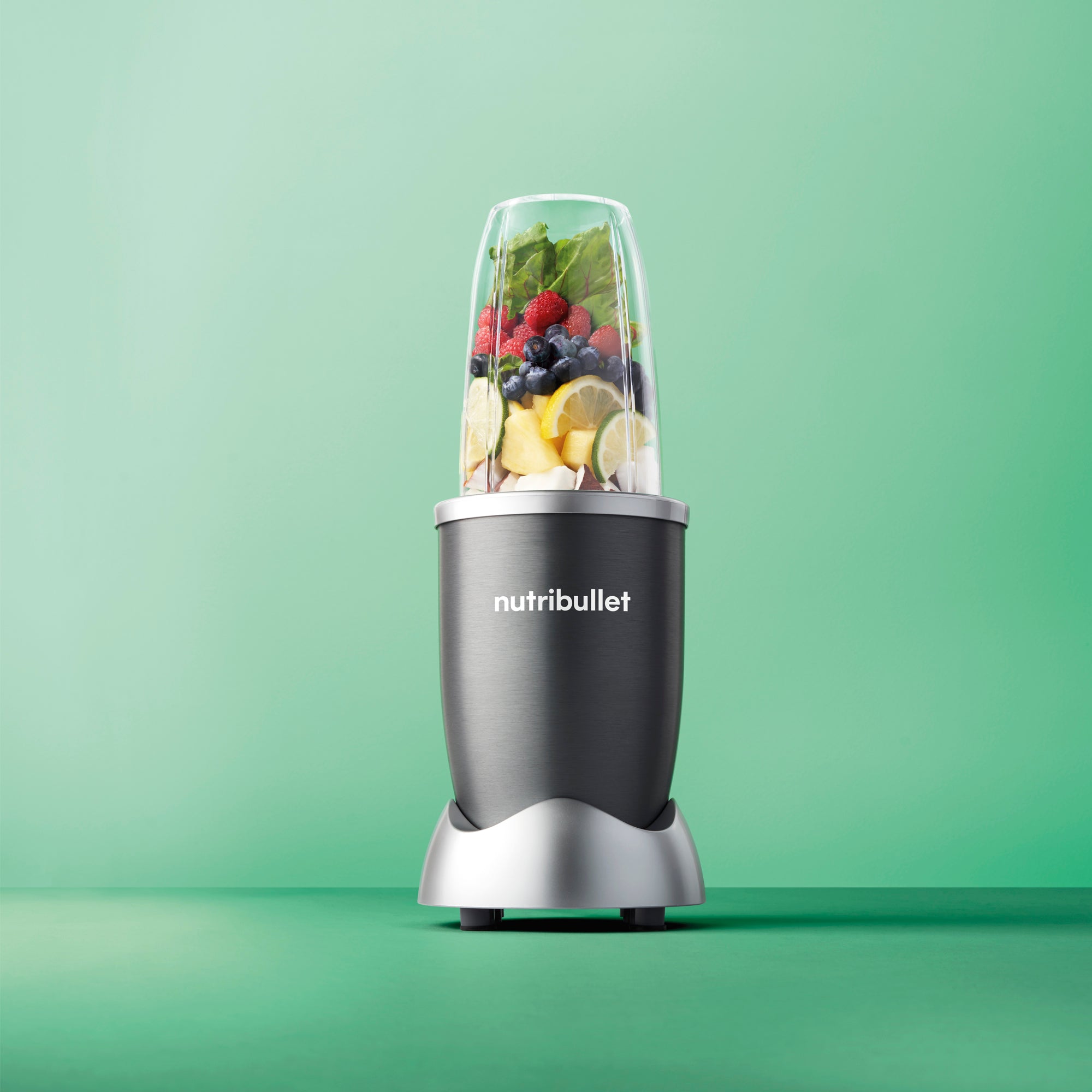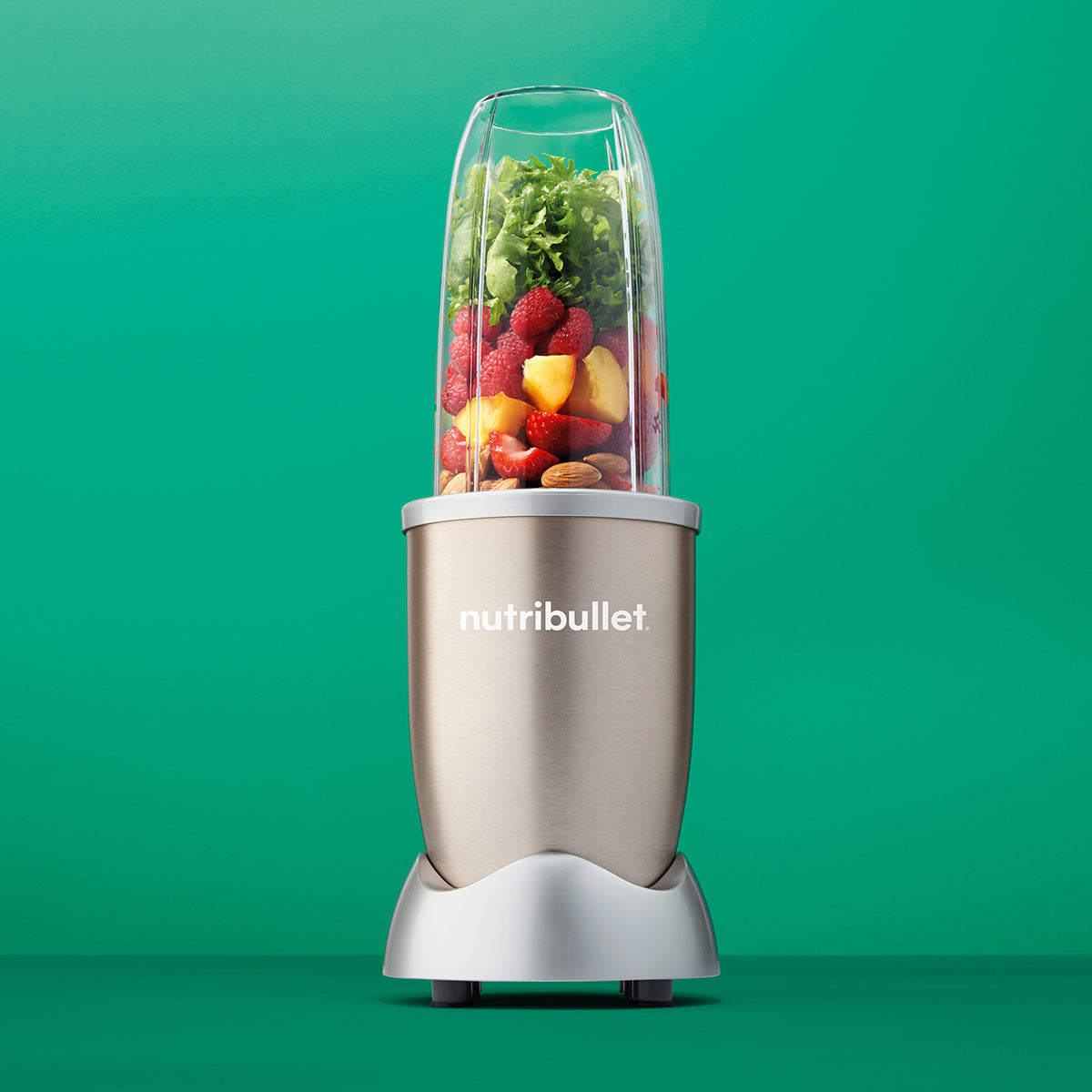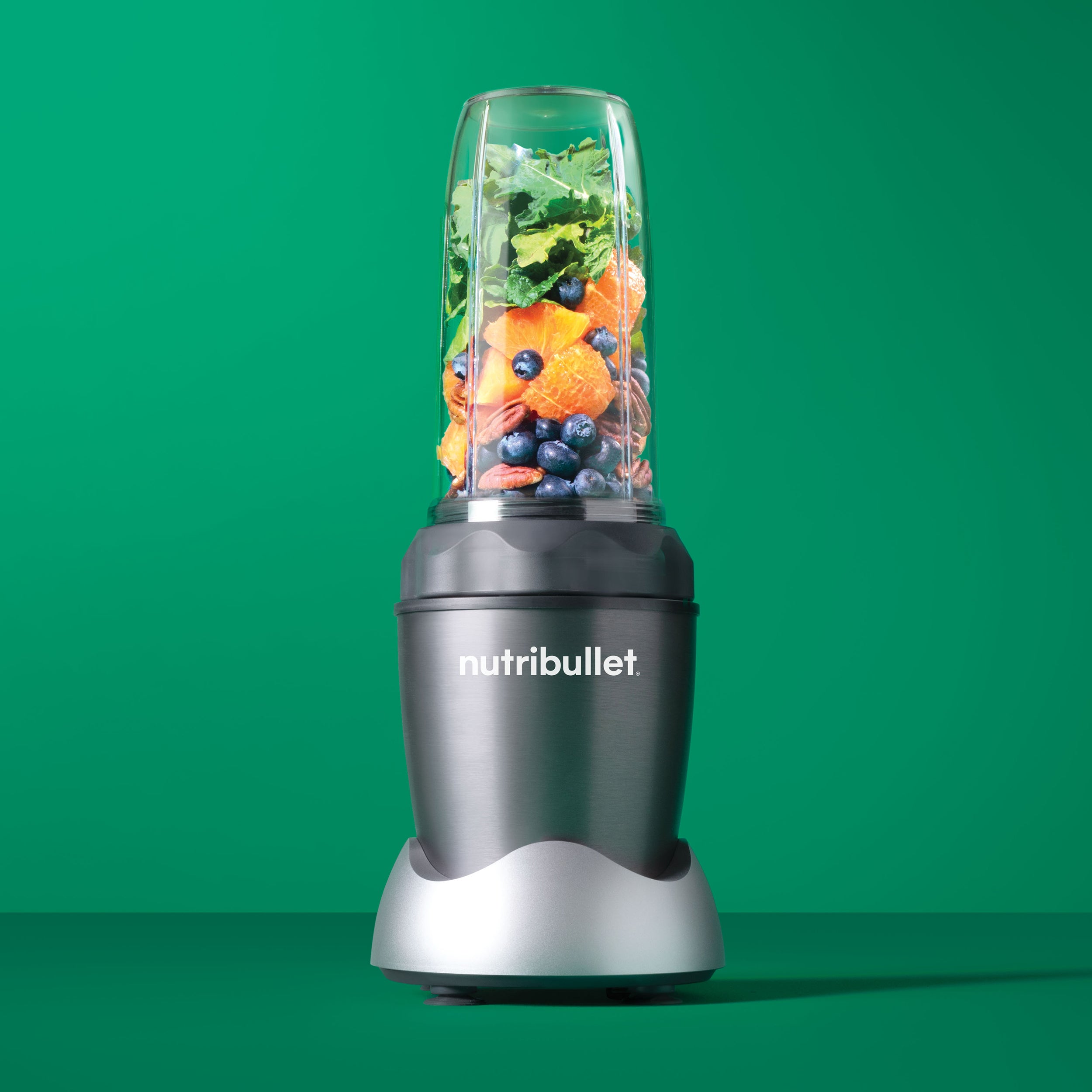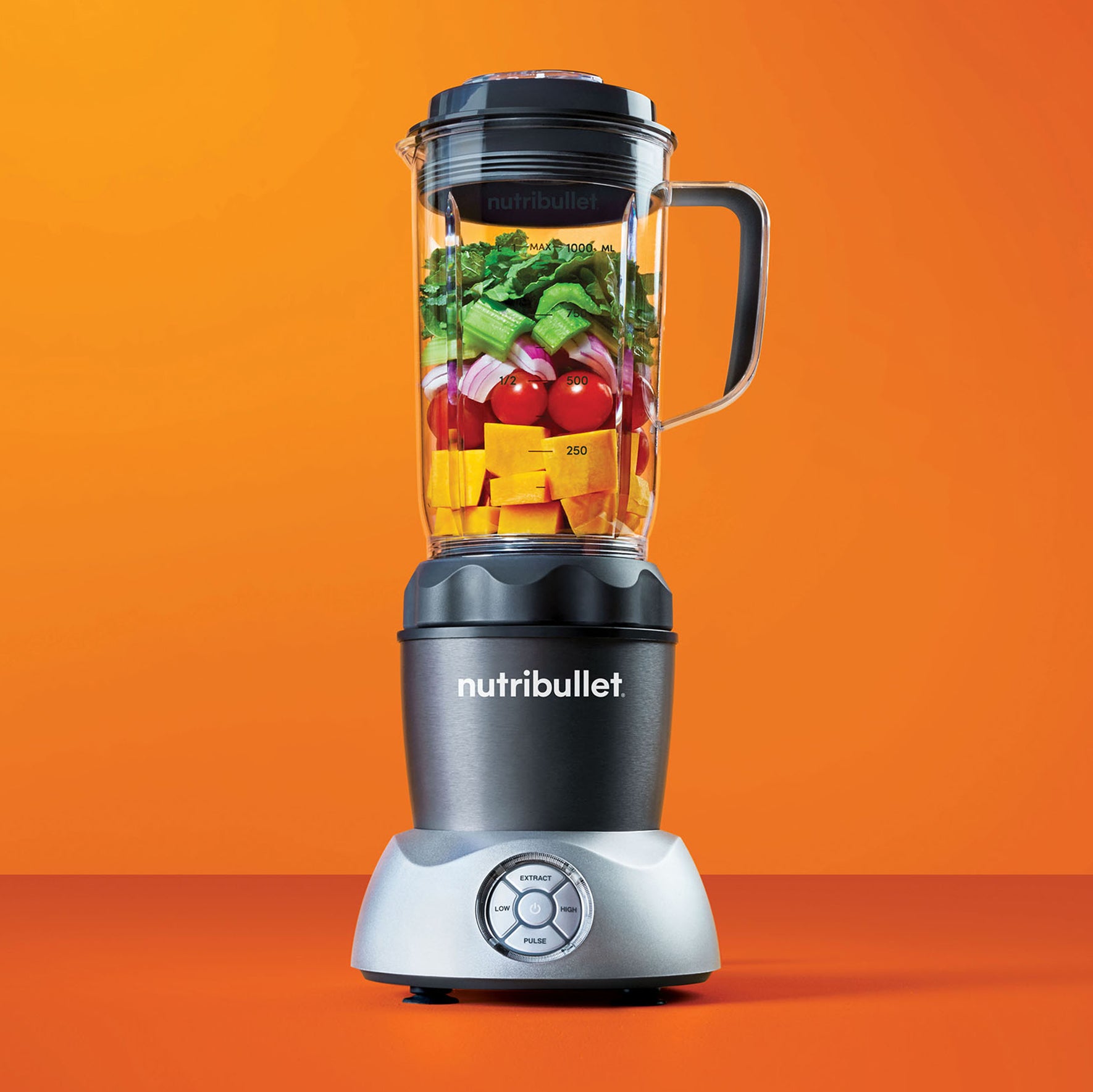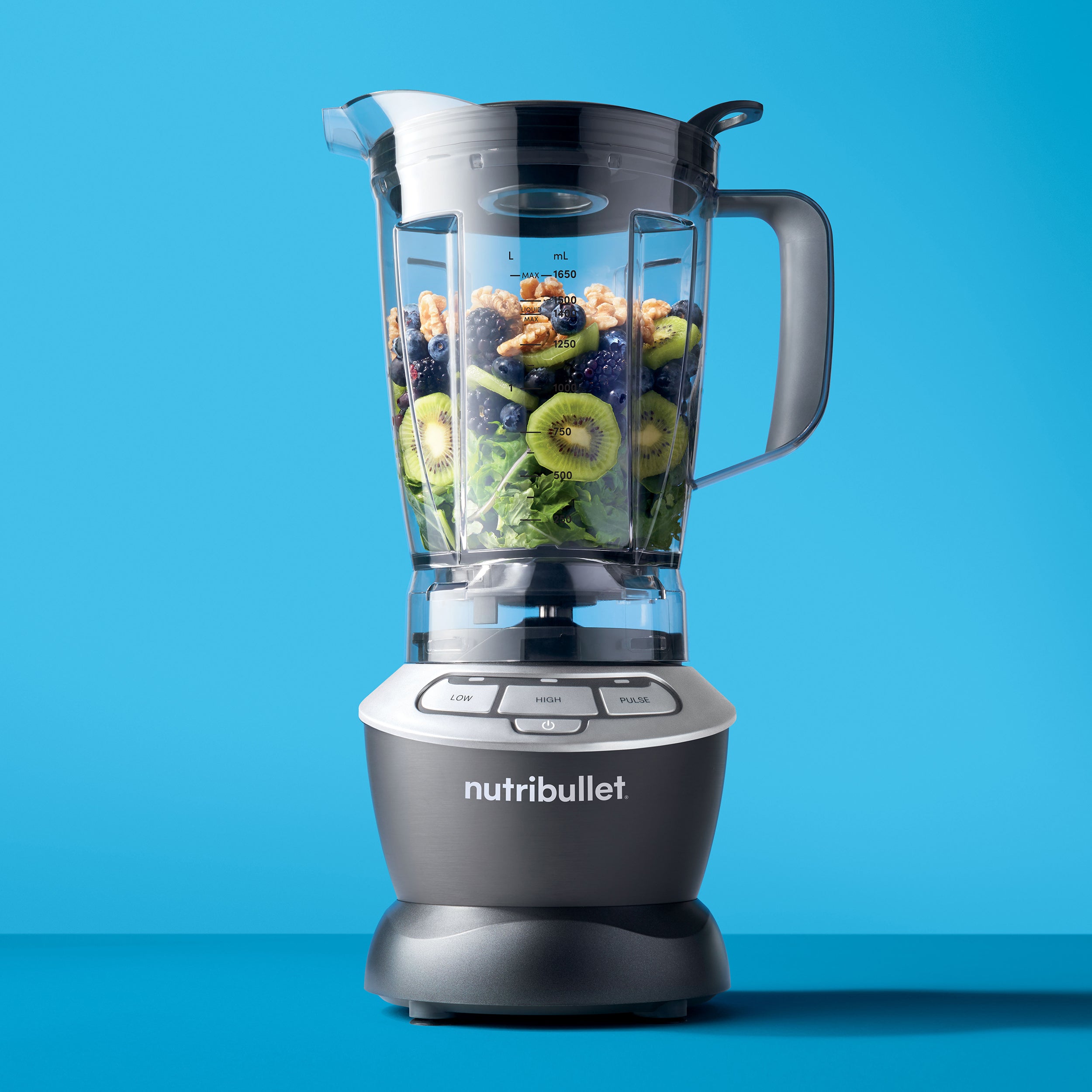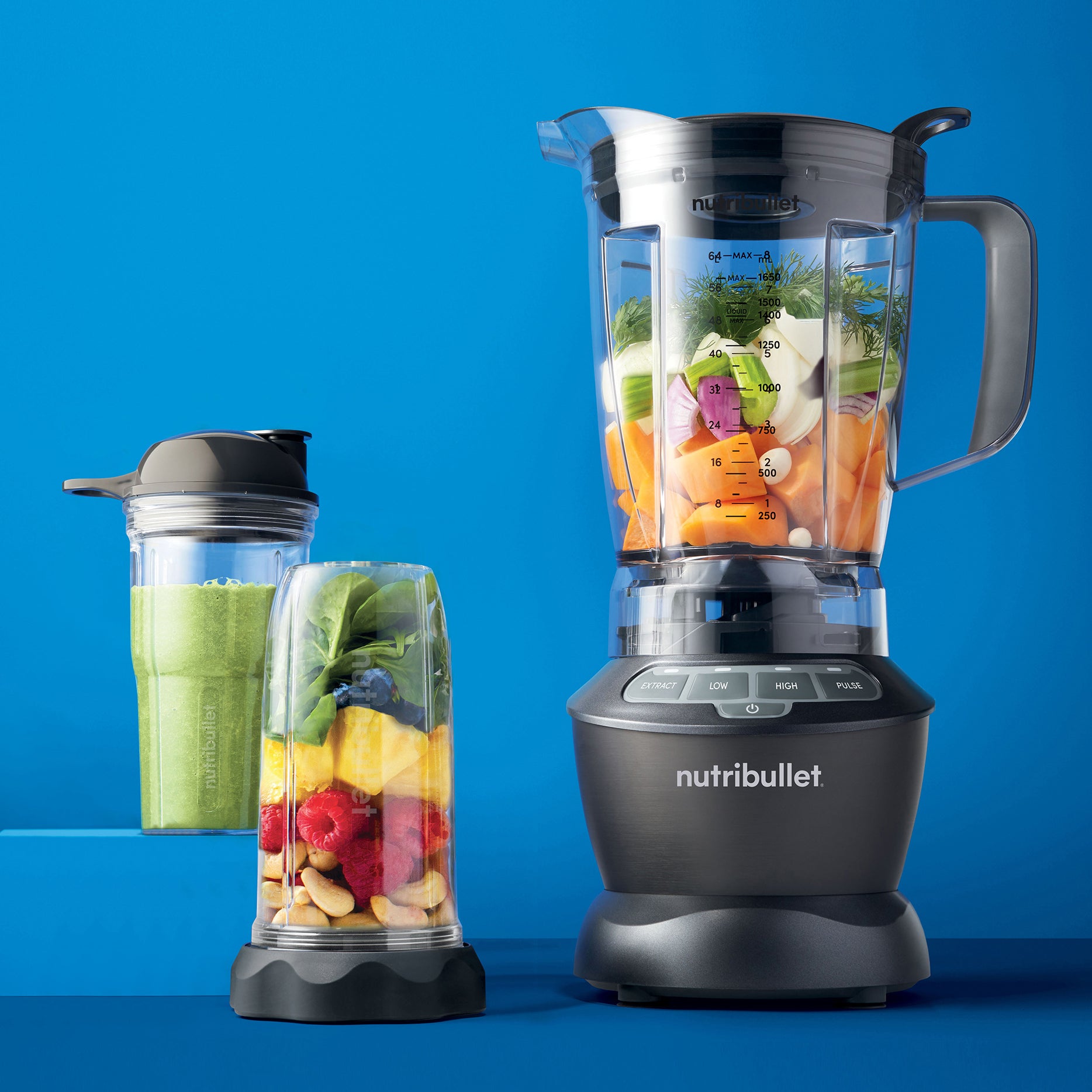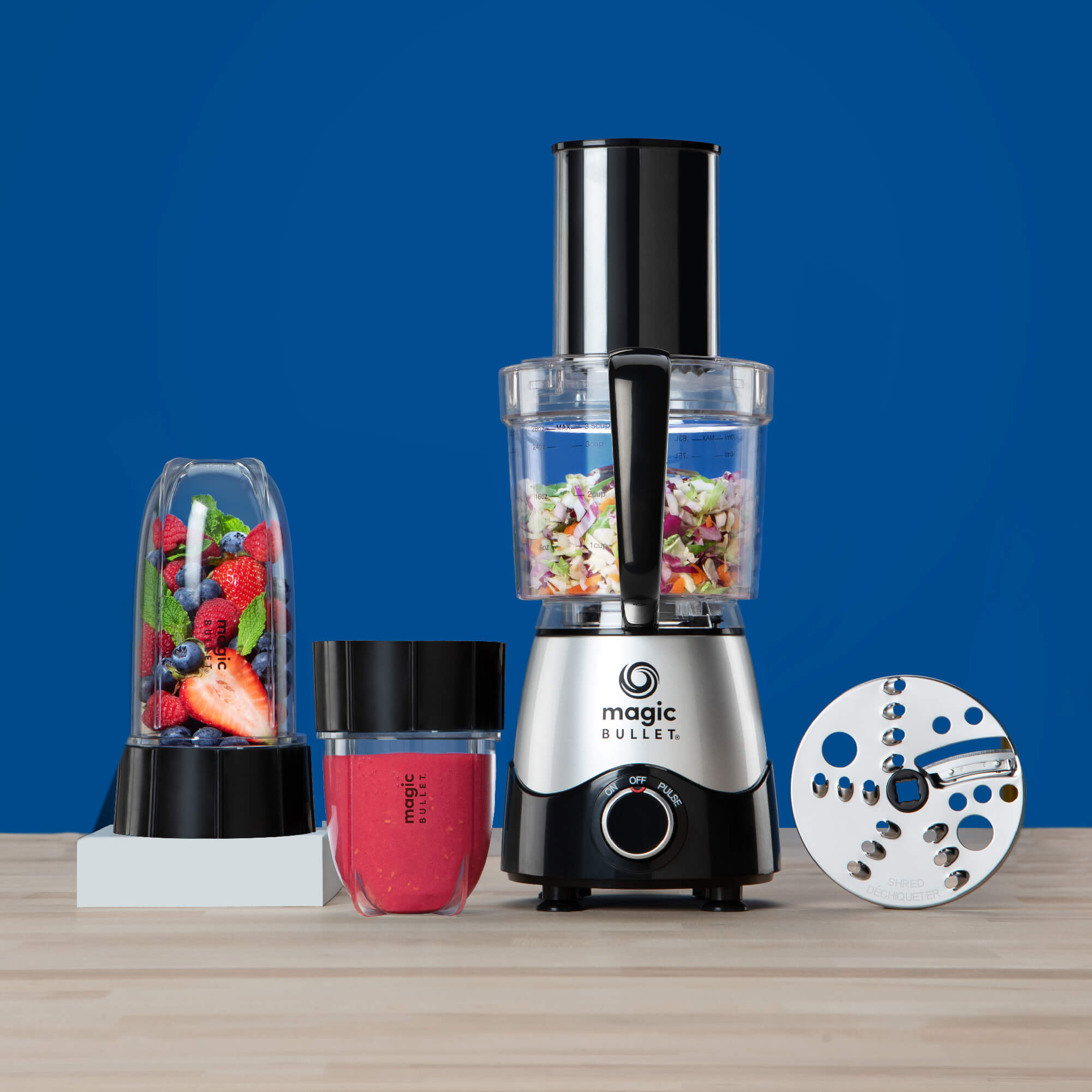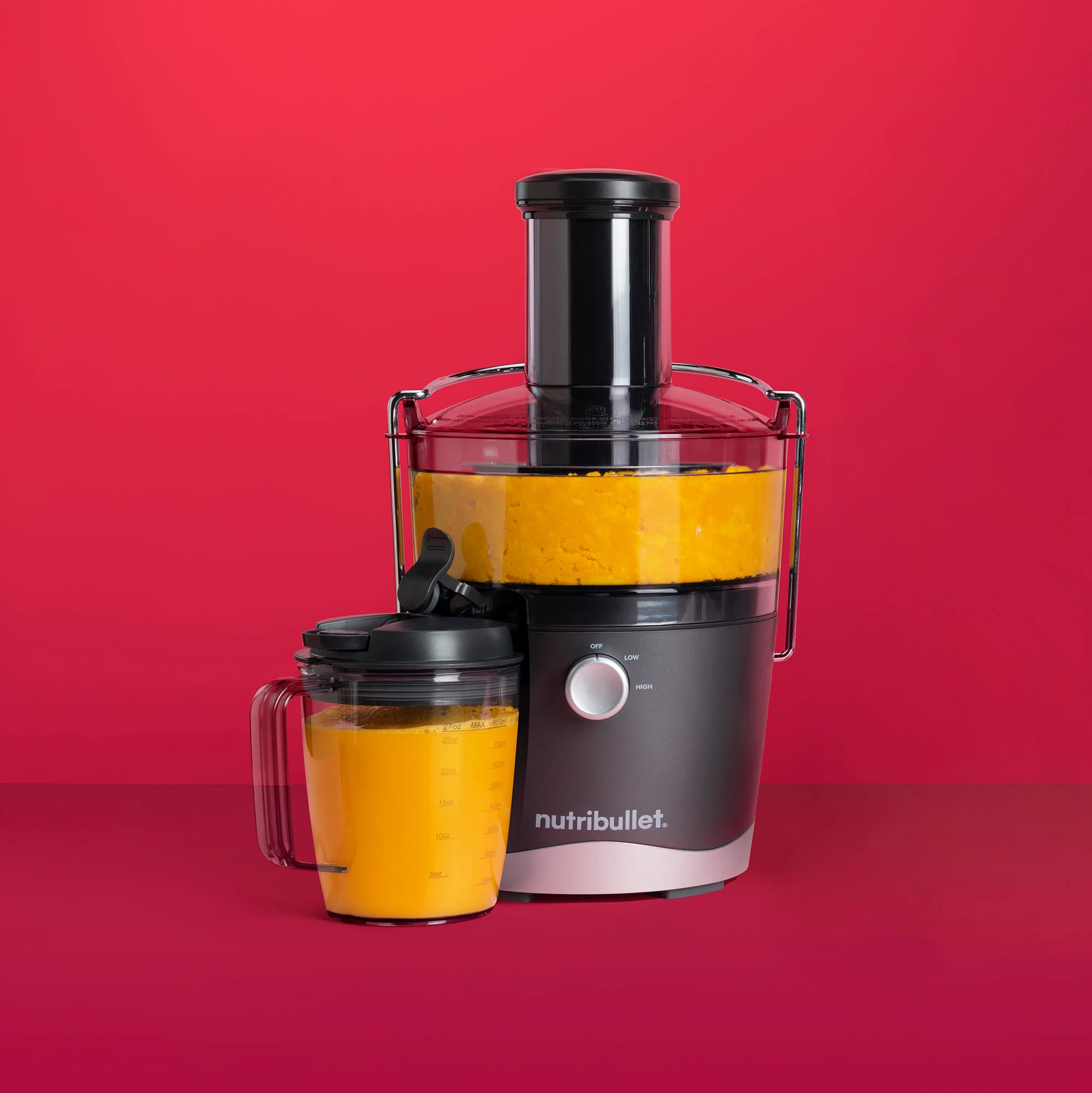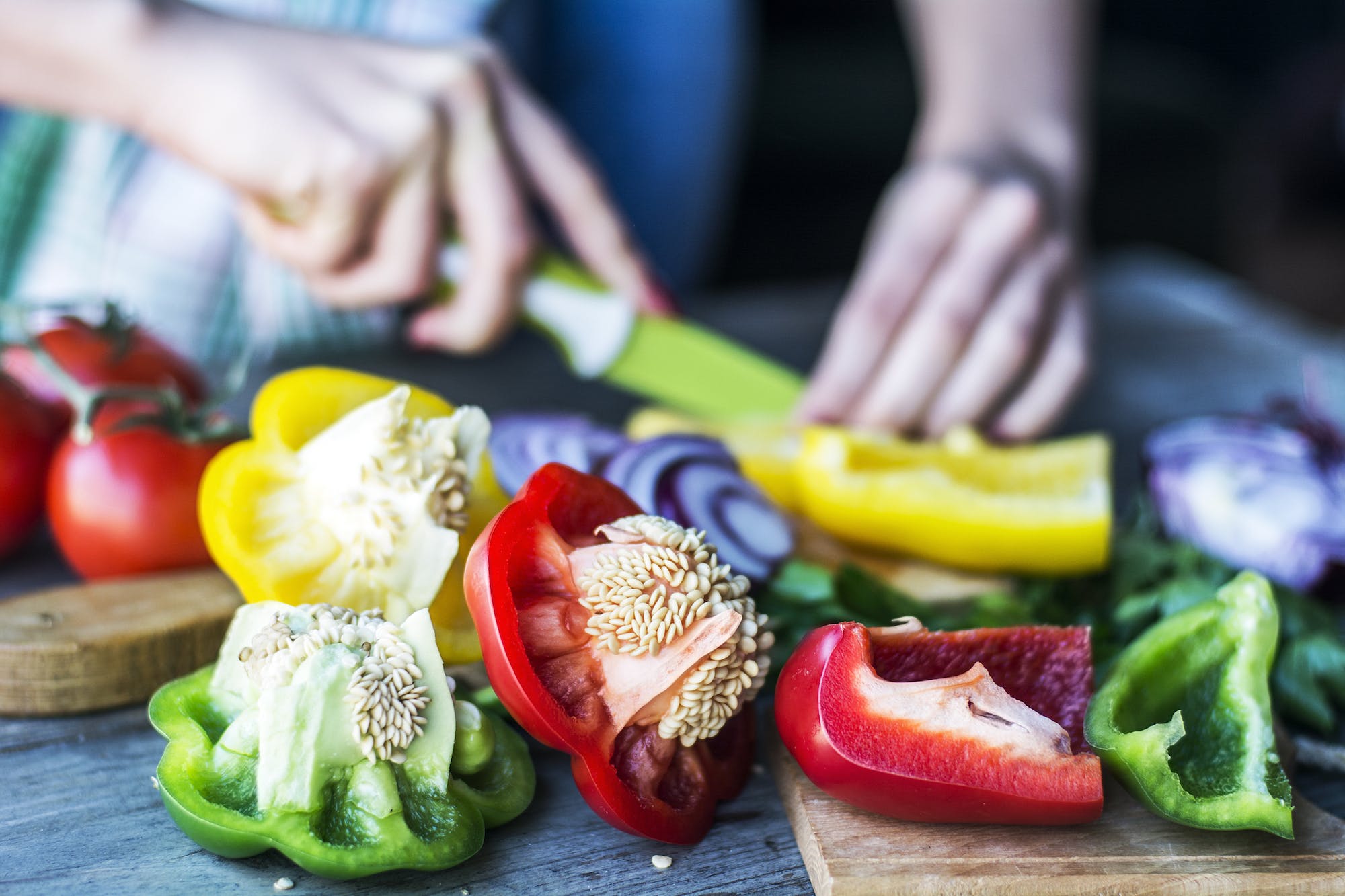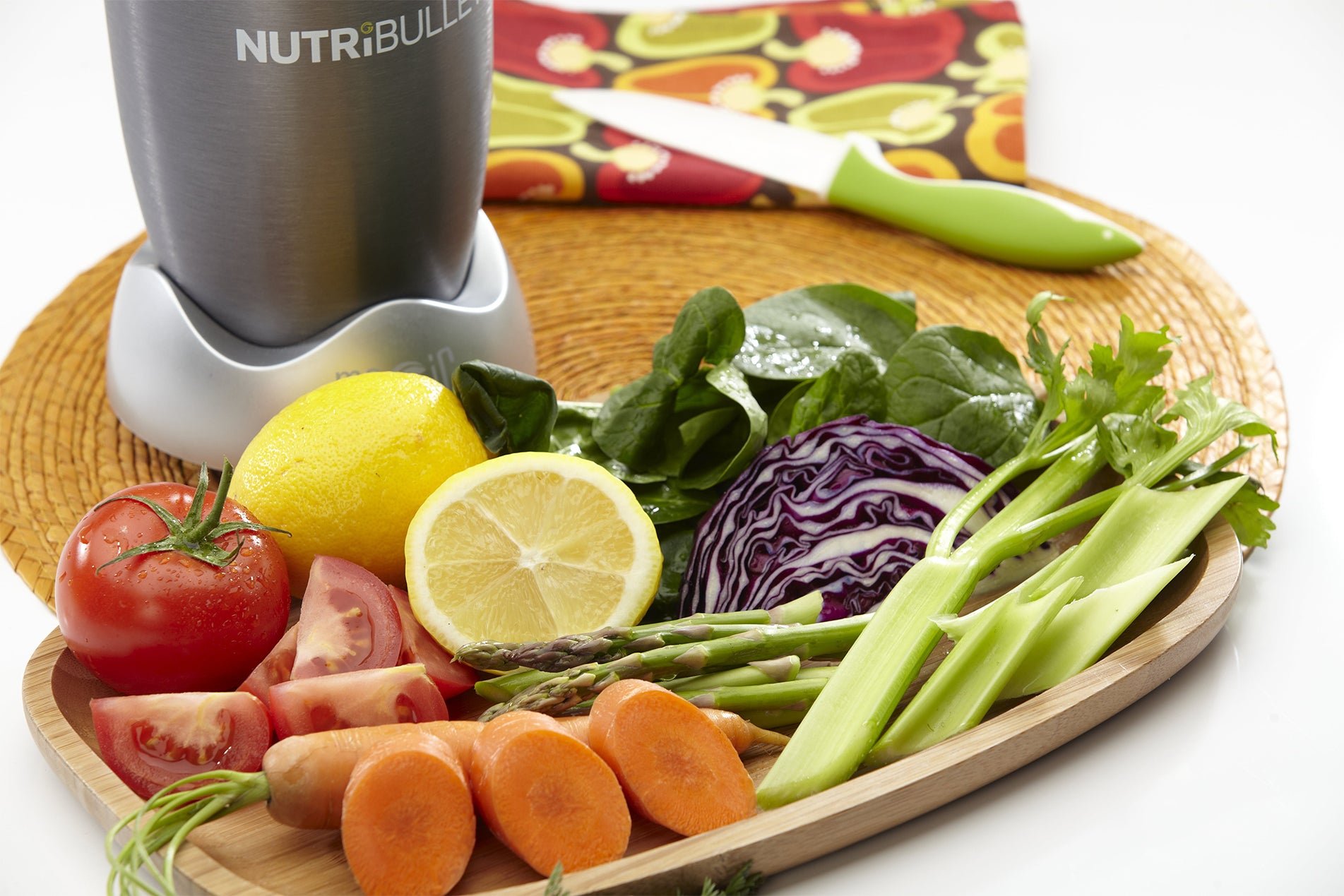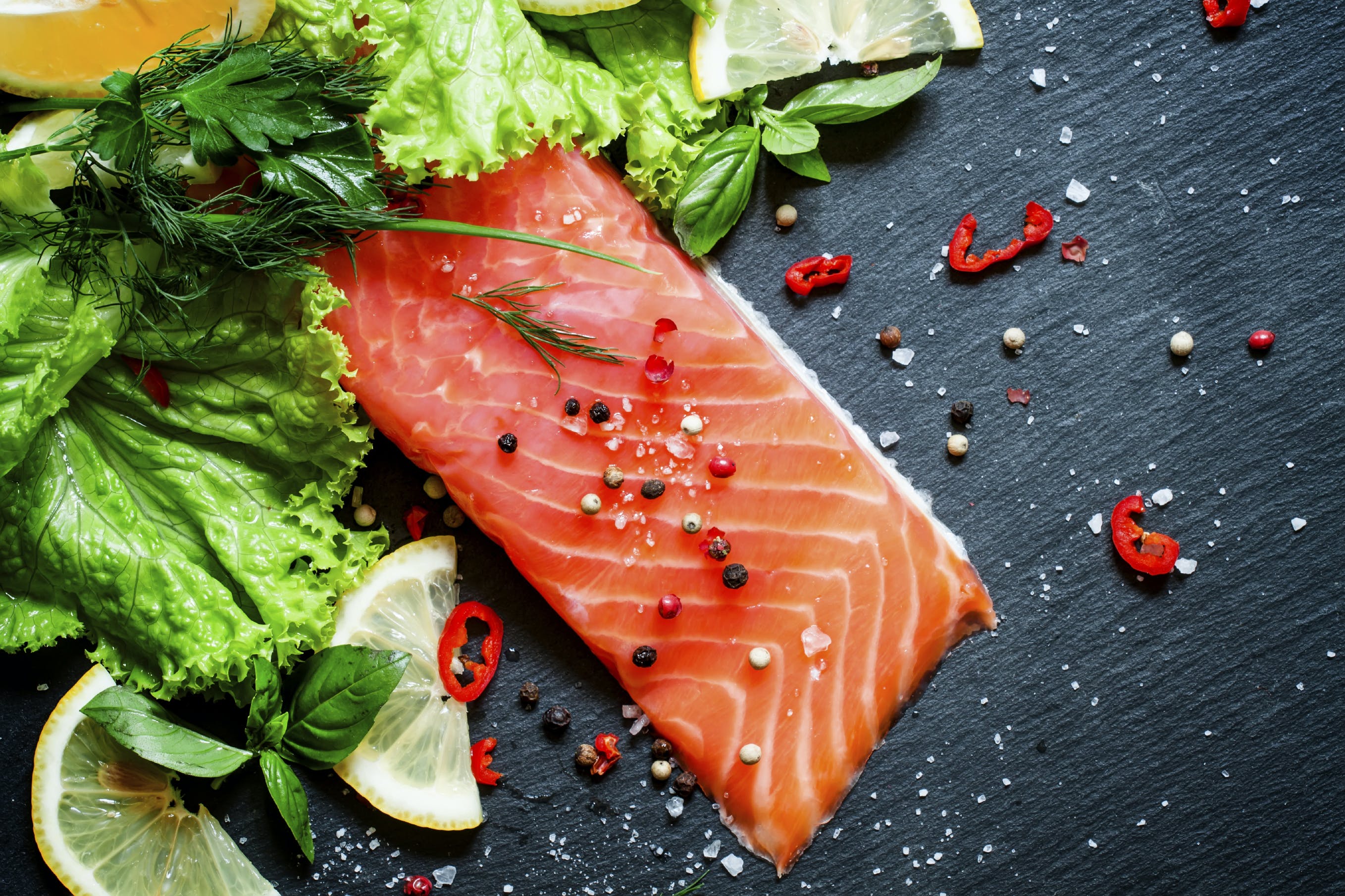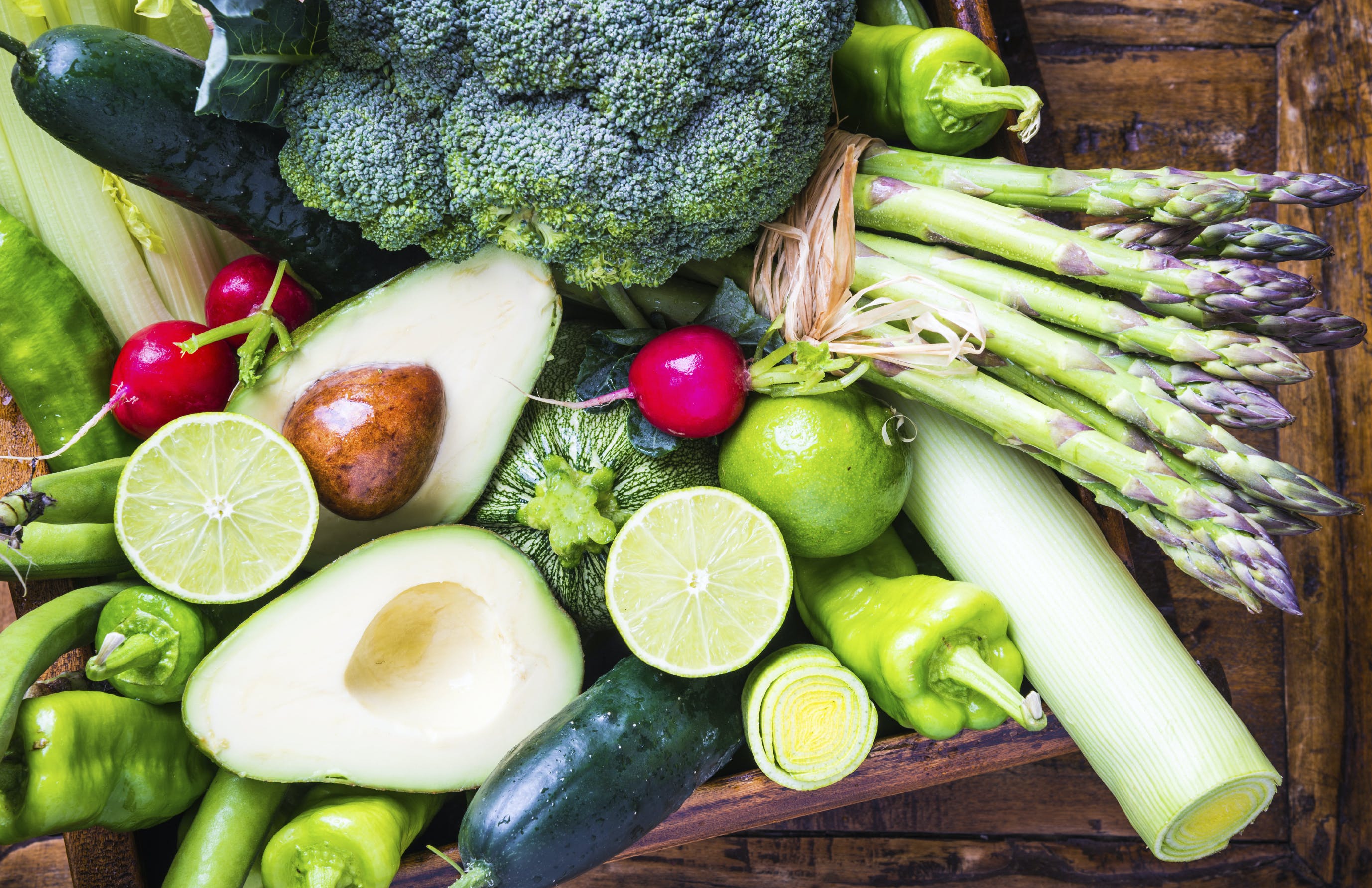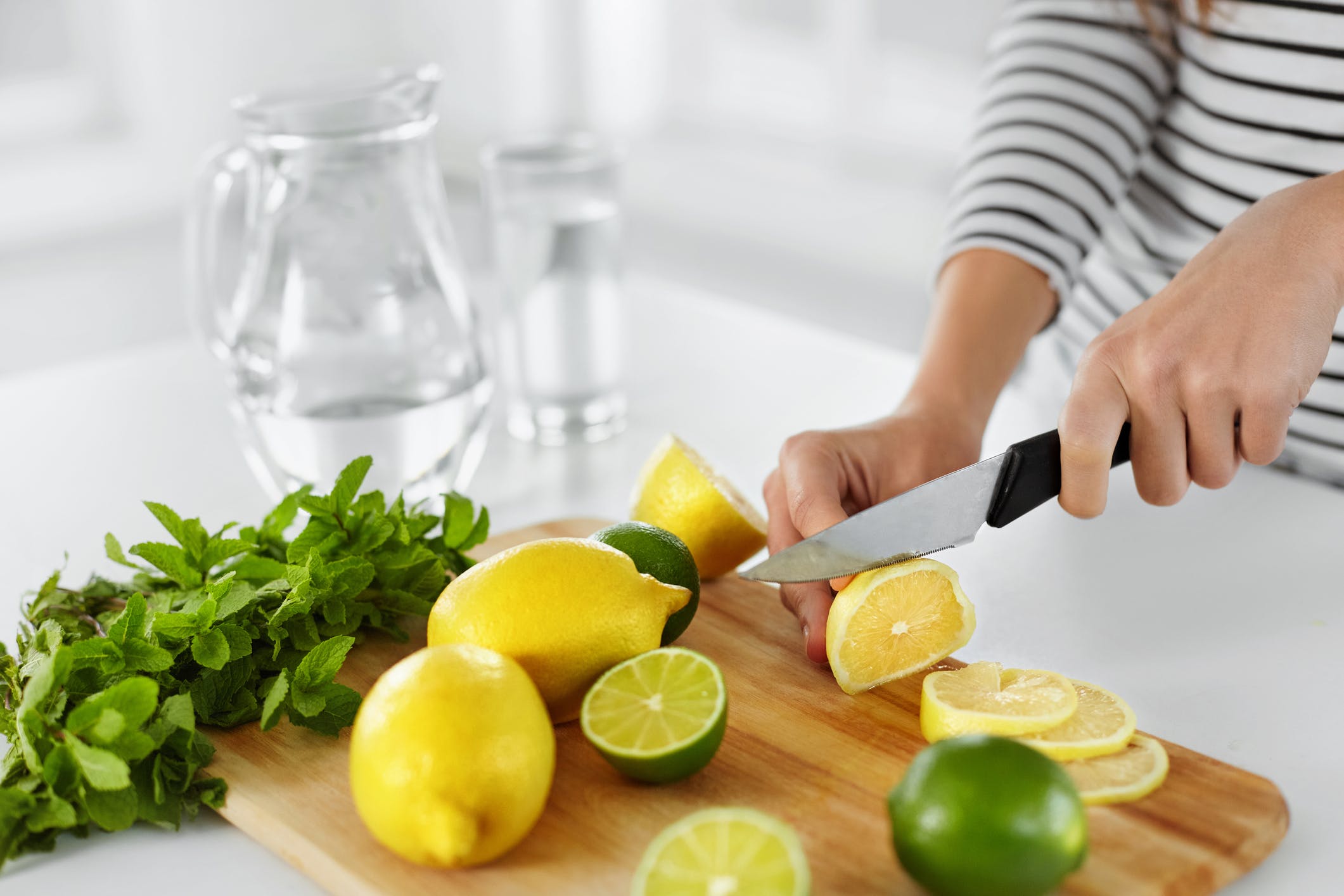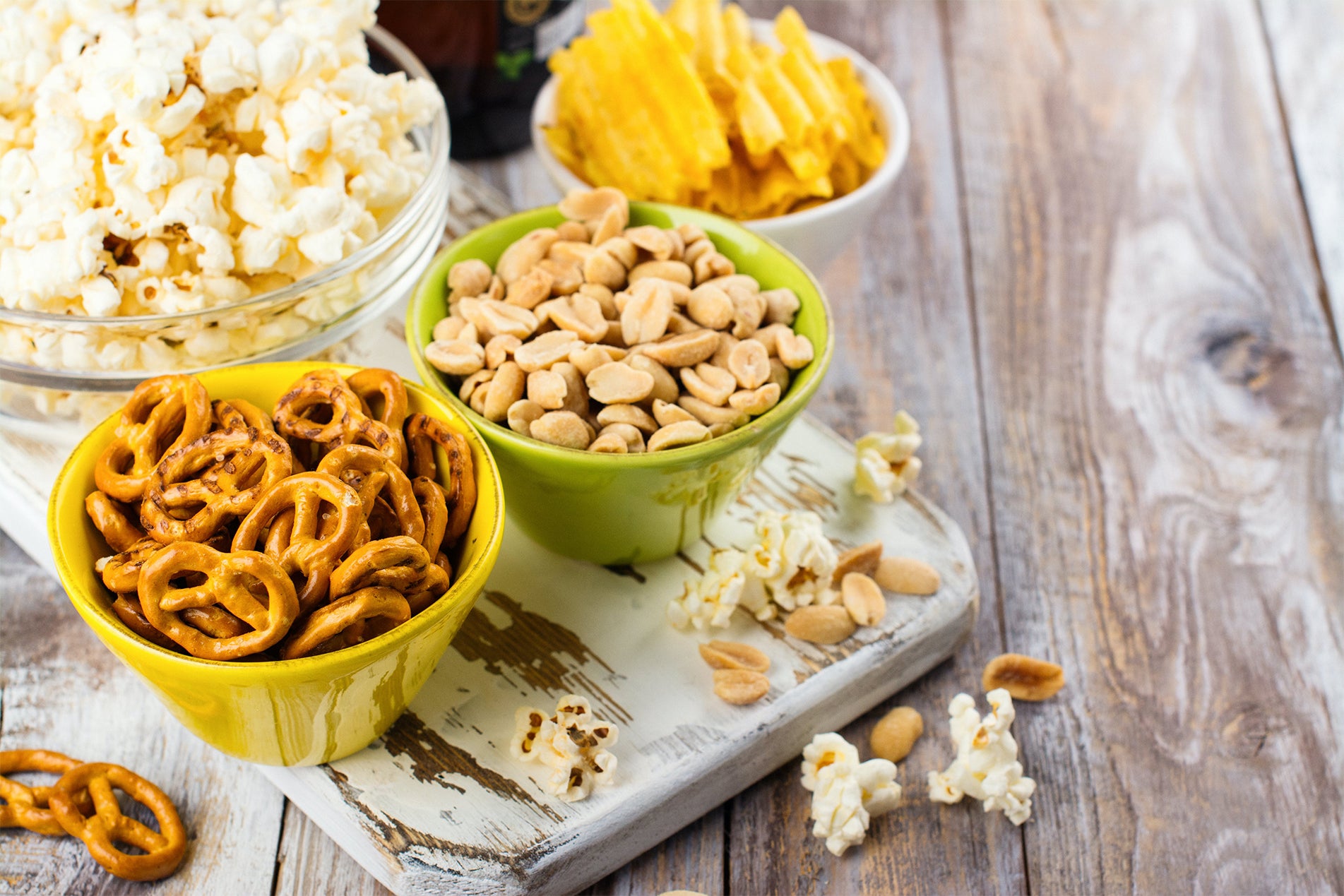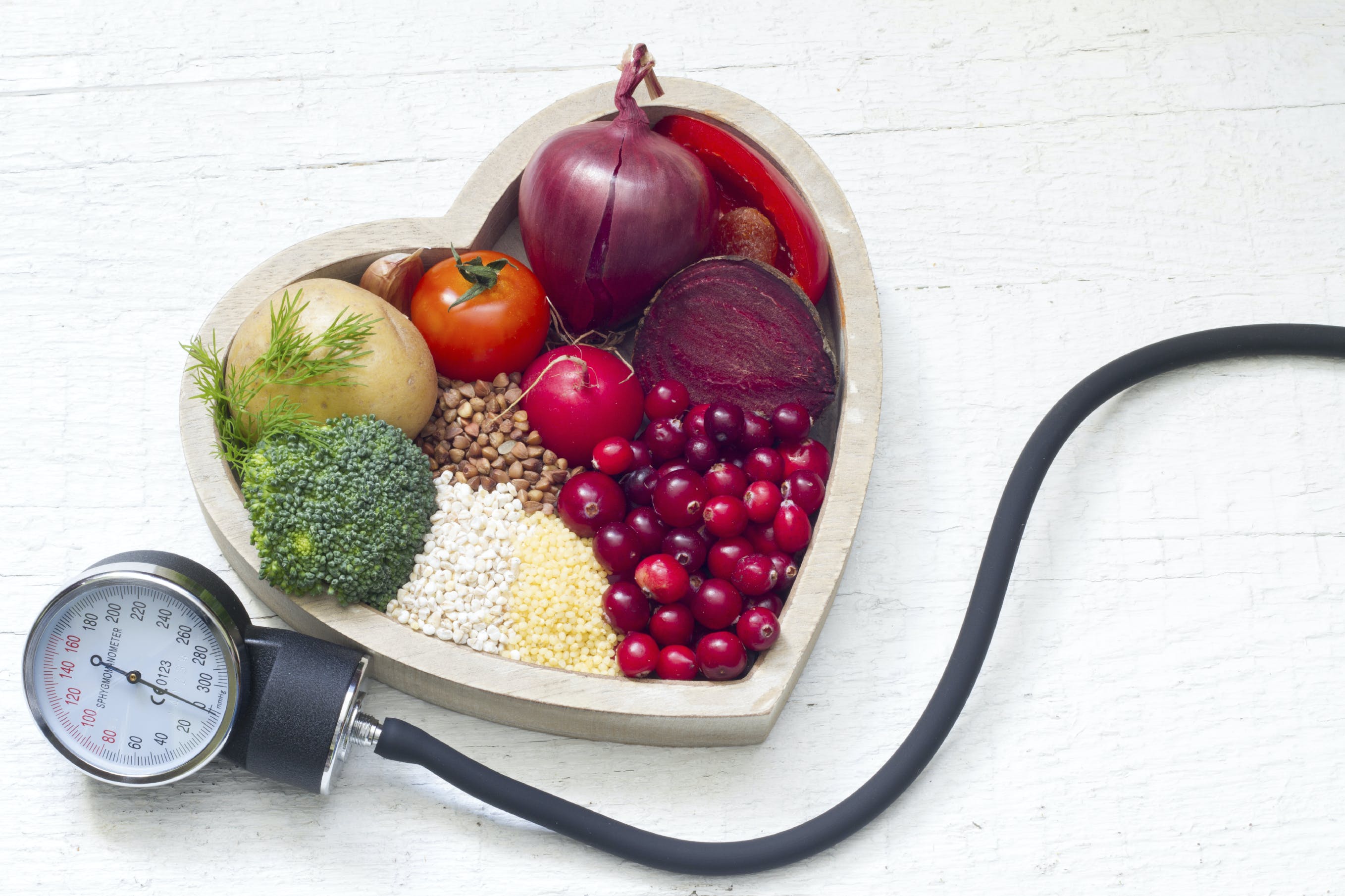The cure for what ails us — both in our bodies and in our nation — can be found in the kitchen. It is a place to rebuild community and connection, strengthen bonds with family and friends, teach life-giving skills to our children, and enrich and nourish our bodies and our souls.
Yet, in the 21st century, our kitchens (and our taste buds) have been hijacked by the food industry. In 1900, only 2 percent of meals were eaten outside of the home; today, that number is over 50 percent.
The food-like substances proffered by the industrial food system trick our taste buds into momentary pleasure. But our biology rejects the junk forced on our genes and our hormonal and biochemical pathways.
Your tongue can be fooled and your brain can become addicted to the slick combinations of fat, sugar, and salt pumped into factory-made foods, but your biochemistry cannot handle these foods. The result is the disaster we have in America today — 70 percent of us are overweight, and obesity rates are expected to top 42 percent by the end of the next decade (up from only 13 percent in 1960).
Today, one in two Americans has either pre-diabetes or diabetes. In less than a decade, the rate of pre-diabetes or diabetes in teenagers has risen from 9 percent to 23 percent.
Really? Almost one in four kids has pre-diabetes or type 2 diabetes?
Yes, and, perhaps even more shocking, 37 percent of kids at a normal weight have one or more cardiovascular risk factors, such as high blood pressure, high cholesterol, or high blood sugar, because even though factory food doesn’t necessarily make you fat, it does make you sick! The food industry taxes our health and mortgages our children’s futures. Obese children will earn less, suffer more, and die younger.
It is time to take back our kitchens and our homes. Transforming the food industry seems like a gigantic undertaking, but it is, in fact, an easy fix. The solution is in our shopping carts, our refrigerators, and our cupboards — and on our dining room tables. This is where the power is. It’s the hundreds of small choices you make every day, choices that will topple the monolithic food industry.
We need a revolution. Cooking real food is a revolutionary act. We have lost the means to care for ourselves. We have now raised the second generation of Americans who don’t know how to cook. The average child in America doesn’t know how to identify even the most basic vegetables and fruit; our kids don’t know where their food comes from or that it even grows on a farm. Cooking means microwaving. Food “grows” in boxes, plastic bags, and cans. Reading labels is supremely unhelpful in identifying the source of most foods — the ingredients are mostly factory-made science projects with a remote and unrecognizable lineage to real food.
We are brainwashed into thinking that cooking real food costs too much, is too hard, and takes too long. Hence, we rely on inexpensive convenience foods. But these aren’t so convenient when we become dependent on hundreds of dollars of medication a month, when we can’t work because we’re sick and fat and sluggish, or when we feel so bad that we can’t enjoy life anymore.
The average American spends eight hours a day in front of a screen (mostly the television) and spends more time watching cooking shows than actually cooking.
Convenience is killing us.
In fact, real food can be inexpensive. Choosing simple ingredients, cooking from scratch, shopping at discount club stores, and getting produce from community supported agriculture associations (CSAs), community gardens, or co-ops all build health and community while saving money. Europeans spend nearly 20 percent of their income on food; Americans spend only about 9 percent. Food is the best investment in your health.
I believe in the power of collective intelligence. Within my community are hundreds, if not thousands, of unheralded chefs experimenting with food and creating extraordinary meals and recipes. Within our individual and our national communities is the cure for what ails us. We are the answer. We are the revolutionaries who will change the face of food in America and around the world.
Truly, the community is the cure! Yes, we need to change policies in order to change the food we grow and to subsidize real food instead of the walls of processed fat, sugar, flour, and trans fats that line our grocery and convenience stores. Yes, we need to end food marketing to children. We need to make schools safe zones for kids with only those products and activities that support healthy minds and bodies. There’s no room for junk food or factory foods in schools. Period.
Yes, we need all that and more to take back our kitchens and our health. But each of us can start at home with a kitchen makeover. Three simple actions can change everything:
- Do a fridge makeover.
- Do a pantry makeover.
- Do a shopping cart makeover.
Once you have taken back your kitchen, then you can start something really revolutionary.
Find around eight people you would love to know better or spend more time with. Invite them to start a supper club that meets once a week or once a month. Rotate dinners at one another’s houses. Share the cooking by hosting a potluck, or take turns choosing favorite healthy recipes and preparing a feast for all. At each dinner, pick a topic about food, health, or community to discuss. Then let the juices flow. The stew of food and friendship will nourish you deeply.
In this way – one by one, kitchen by kitchen, community by community – we will take back our health together!
Nutritional information
Recipe: Creamy Green Strawberry Dream Serving in this recipe:1
- Calories: 236.6
- Total Fat: 3.6 g 5.5%
- Saturated Fat: 0.4 g 1.9%
- Cholesterol: 0 mg 0%
- Sodium: 358.7 mg 14.9%
- Total Carbs: 45.7 g 15.2%
- Dietary Fiber: 9.9 g 39.4%
- Sugar: 22.1 g
- Protein: 8.1 g 16.2%
- Vitamin A: 481.9% Vitamin C: 244.1%
- Calcium: 68.5% Iron: 26.1%
* Percent Daily Values are based on a 2,000 calorie diet. Your daily values may be higher or lower depending on your calorie needs.

